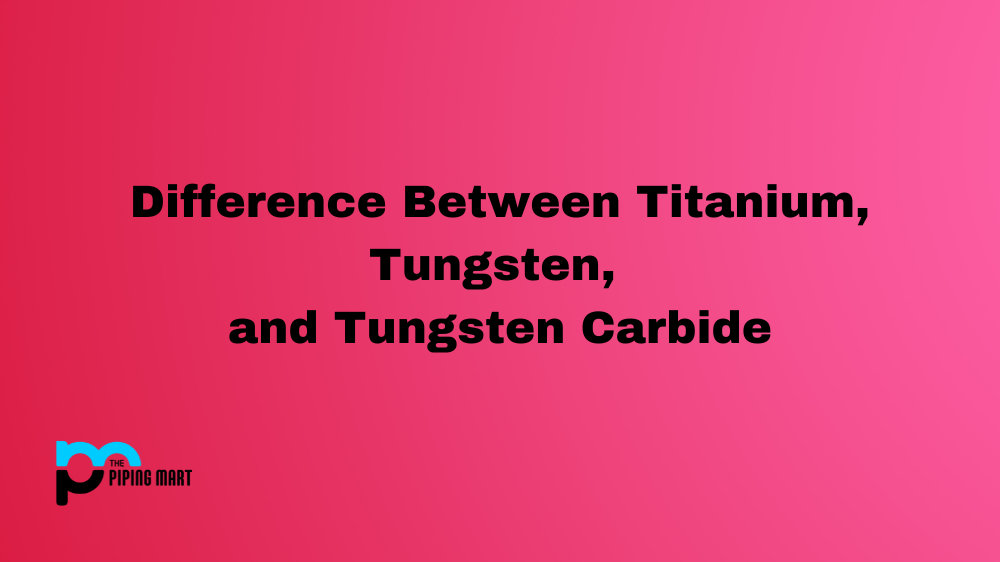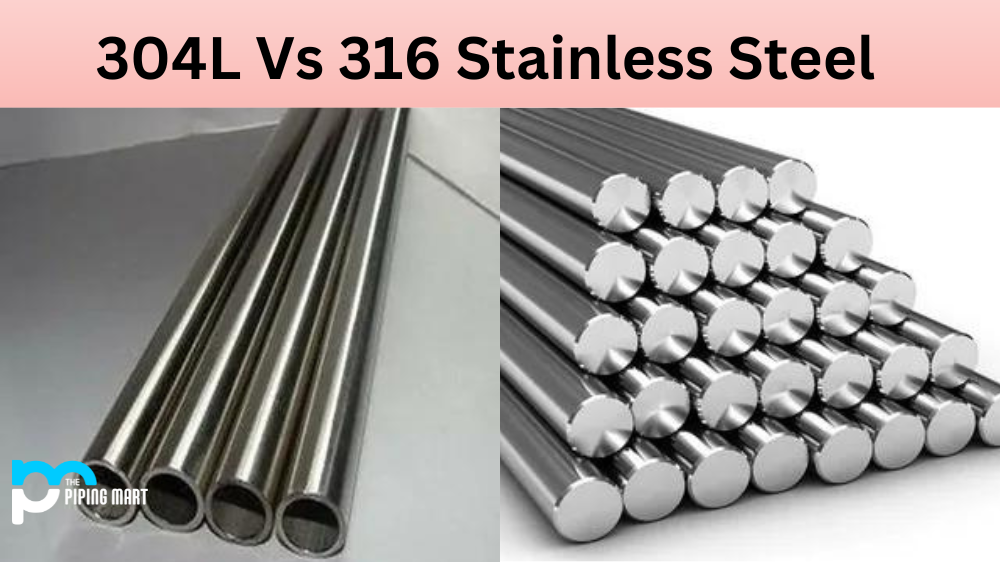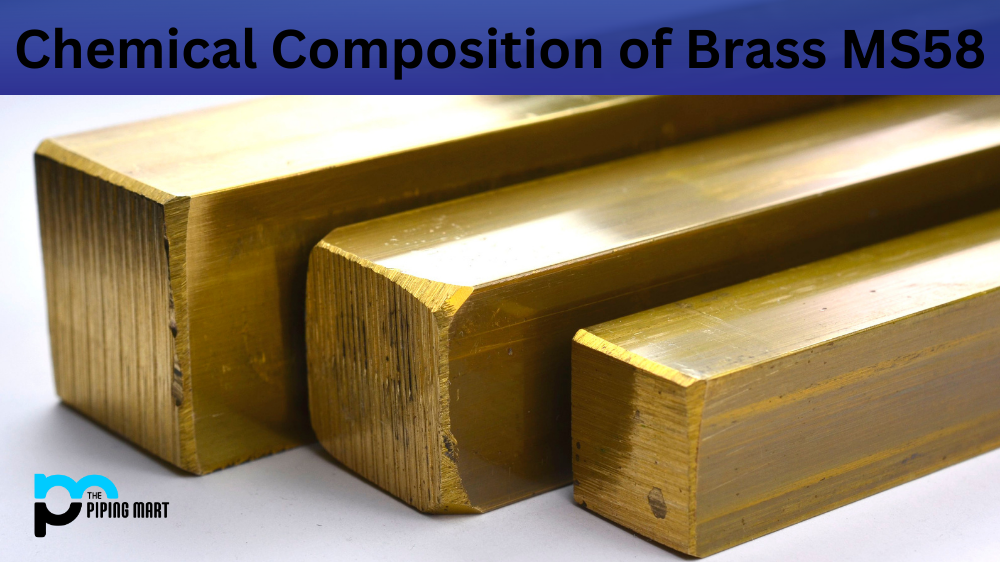If you’re in the market for a ring that will last a lifetime, you may have heard of titanium, tungsten, and tungsten carbide. All three metals are incredibly tough and scratch-resistant—but what is the difference between them? Let’s take a look at how these three metals compare in terms of hardness.
Titanium
Titanium is renowned for its strength and durability. Although it is lightweight, it boasts an exceptional level of hardness; its resistance to scratching on the Mohs Hardness Scale is 6. According to the American Gem Society (AGS), this makes titanium only slightly less hard than sapphire crystal and corundum—the two hardest materials used in jewelry making. The titanium also has a low reactivity to other elements (including skin), so it won’t cause any irritation.
Titanium is a strong, lightweight metal that is often used in the aerospace industry. It is also corrosion-resistant and has a high melting point, making it ideal for use in high-temperature applications. Titanium is more expensive than other metals, such as steel, but it is also much stronger.
Tungsten
Tungsten is one of the strongest metals on Earth; it has a hardness rating of 8 on the Mohs Hardness Scale, which makes it almost as hard as diamond. Tungsten is incredibly scratch-resistant; however, due to its high density, it can shatter if subjected to extreme force or pressure. This metal does not rust or corrode over time and has a very low reactivity rate with skin—which makes it ideal for people who have metal allergies or sensitivities.
Tungsten is a heavy metal with a very high melting point. It is often used in the manufacturing of lightbulbs and other high-temperature applications. Tungsten is also used in the production of tungsten carbide, which is an extremely hard material that is often used in cutting tools.
Tungsten Carbide
Tungsten carbide offers all of the same benefits as pure tungsten with one major difference: hardness. With a Mohs Hardness Scale rating of 9-9.5, tungsten carbide is harder than both titanium and pure tungsten—making it even more, scratch resistant than either metal alone. However, like pure tungsten, tungsten carbides can also be prone to shattering under extreme force or pressure despite their impressive hardness rating, so they should be treated carefully like any other jewelry item.
Tungsten carbide is an extremely hard material that is made by combining tungsten and carbon. It is often used in cutting tools and armor-piercing rounds due to its hardness. Tungsten carbide is more expensive than other materials, but it is much harder and more durable.
Comparison
Titanium is stronger than tungsten and tungsten carbide, but it is more expensive. Tungsten carbide is the hardest of the three materials, but it is also the most expensive. All three materials are resistant to corrosion and have high melting points.
Uses
Titanium is often used in the aerospace industry due to its strength and light weight. It is also used in medical implants and jewelry due to its resistance to corrosion. Tungsten carbide is often used in cutting tools and armor-piercing rounds due to its hardness.
Conclusion:
When buying rings made from titanium, tungsten, or tungsten carbide, you know you’re getting something strong and durable that will last for years without showing much wear from everyday use. Each metal has its own unique properties that make it well suited for certain uses such as jewelry making but all three offer an incredible level of scratch resistance which makes them perfect for long-term wearability. So when choosing between these three metals, keep in mind your lifestyle and budget before making your decision!

Pipingmart is a B2B portal that specializes in metal, industrial and piping items. Additionally, we share the latest information and information about materials, products and various types of grades to assist businesses that are involved in this business.




